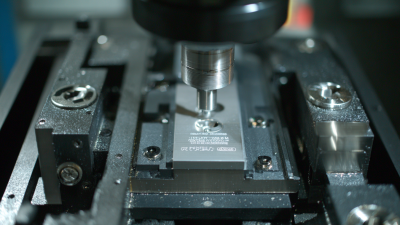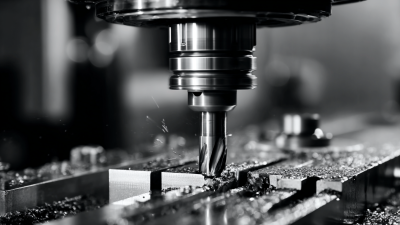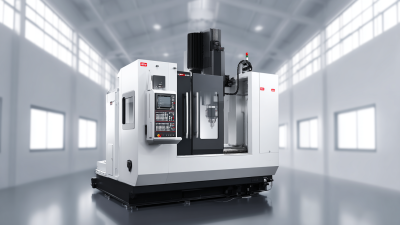
The landscape of miniature manufacturing is undergoing a significant transformation in 2023, primarily driven by the advancements in micro CNC milling machines. According to a recent report by Research and Markets, the global market for CNC machines is projected to grow to USD 100 billion by 2025, with micro CNC milling machines playing a pivotal role in this growth. These compact and highly precise milling systems have revolutionized the production of intricate parts across various industries, including aerospace, medical, and electronics. As manufacturers increasingly demand higher precision and efficiency in producing miniature components, micro CNC milling machines offer unparalleled advantages such as reduced waste material and enhanced design flexibility. This shift not only showcases the potential of micro manufacturing technologies but also underscores the need for industry stakeholders to adapt and innovate in an evolving marketplace.

The rise of micro CNC milling machines has significantly reshaped the landscape of precision engineering, particularly in the miniature manufacturing sector. According to a recent report from MarketsandMarkets, the global CNC machine market is projected to reach $117.2 billion by 2025, growing at a CAGR of 6.6%. This growth is fueled by the increasing demand for intricate components across industries such as aerospace, automotive, and electronics. The ability of micro CNC machines to achieve tolerances as tight as ±0.001 inches allows manufacturers to produce highly detailed parts that were previously unattainable with traditional manufacturing methods.
Moreover, the advancements in micro CNC technology have led to a reduction in production costs and time. A study published in the Journal of Manufacturing Science and Engineering indicates that precision milling can reduce material waste by up to 30%, which is crucial for industries where every gram of material counts. With their compact design, micro CNC milling machines also enable makers and small businesses to enter the market cost-effectively, democratizing the production of high-precision components. As 2023 progresses, the continued evolution of these machines promises to push the boundaries of what is possible in miniature manufacturing.
Micro CNC milling machines have emerged as a game-changer in the field of miniature manufacturing, offering several key advantages that enhance production capabilities. One of the most significant benefits is their ability to achieve unparalleled precision and accuracy. These machines can mill components with tolerances as tight as a few microns, making them ideal for industries where detail is paramount, such as aerospace, electronics, and medical devices. The fine-tuned control provided by micro CNC milling allows manufacturers to produce intricate designs that were previously challenging or impossible to achieve with traditional machining methods.
Another advantage of micro CNC milling is its efficiency in material usage. Traditional machining processes often lead to substantial waste, but with micro CNC technology, manufacturers can use materials more effectively, minimizing scrap and reducing costs. Furthermore, the automation and programmability of micro CNC milling machines enable quicker turnaround times for complex projects, thereby speeding up production cycles. As companies increasingly demand smaller and more precise parts, micro CNC milling stands out as a vital tool in meeting these modern manufacturing challenges.
Micro CNC milling machines are at the forefront of revolutionizing miniature manufacturing in 2023, enabling innovative applications across various industries. As the demand for intricate components rises, these machines offer unparalleled precision, allowing manufacturers to create complex geometries that were previously unattainable with traditional machining techniques. According to recent industry reports, the micro CNC milling machine market is projected to reach a valuation of nearly $1 billion by the end of 2025, reflecting a CAGR of 8.5% from 2023 onwards. This growth is fueled by advancements in micro-manufacturing technologies and increasing applications in sectors such as electronics and aerospace.
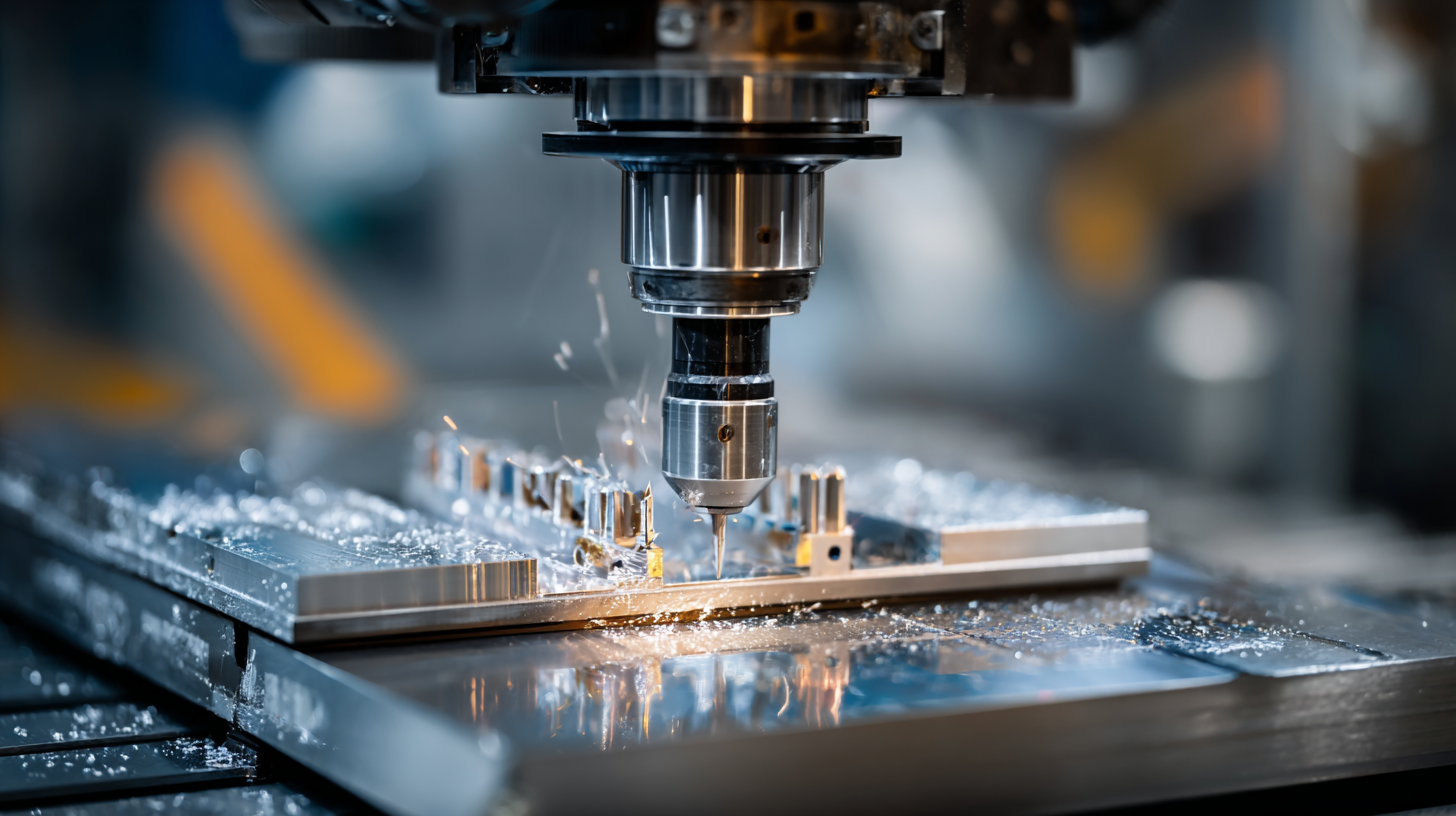
During CES 2023, numerous exhibitors showcased cutting-edge technologies, including advanced displays and components that complement micro CNC machining. The ability to produce parts with high dimensional accuracy is critical, especially for the burgeoning Mini/MicroLED technology. As reported, the MiniLED and MicroLED segments are forecasted to witness significant growth, potentially doubling in market share as the consumer electronics industry increasingly adopts these high-performance displays. The synergy between micro CNC milling machines and innovative applications in display technology is poised to drive efficiencies and creativity in product designs, marking a transformative moment for manufacturers dedicated to excellence in precision engineering.
The advancements in micro CNC milling machines are addressing some of the key challenges faced in miniature manufacturing. In 2023, these machines have evolved to offer unparalleled precision, which is critical when working with small-scale components. One significant challenge has been maintaining accuracy at such reduced sizes. However, with the incorporation of advanced software and improved tooling techniques, manufacturers are now able to produce intricate designs that were previously deemed impossible.
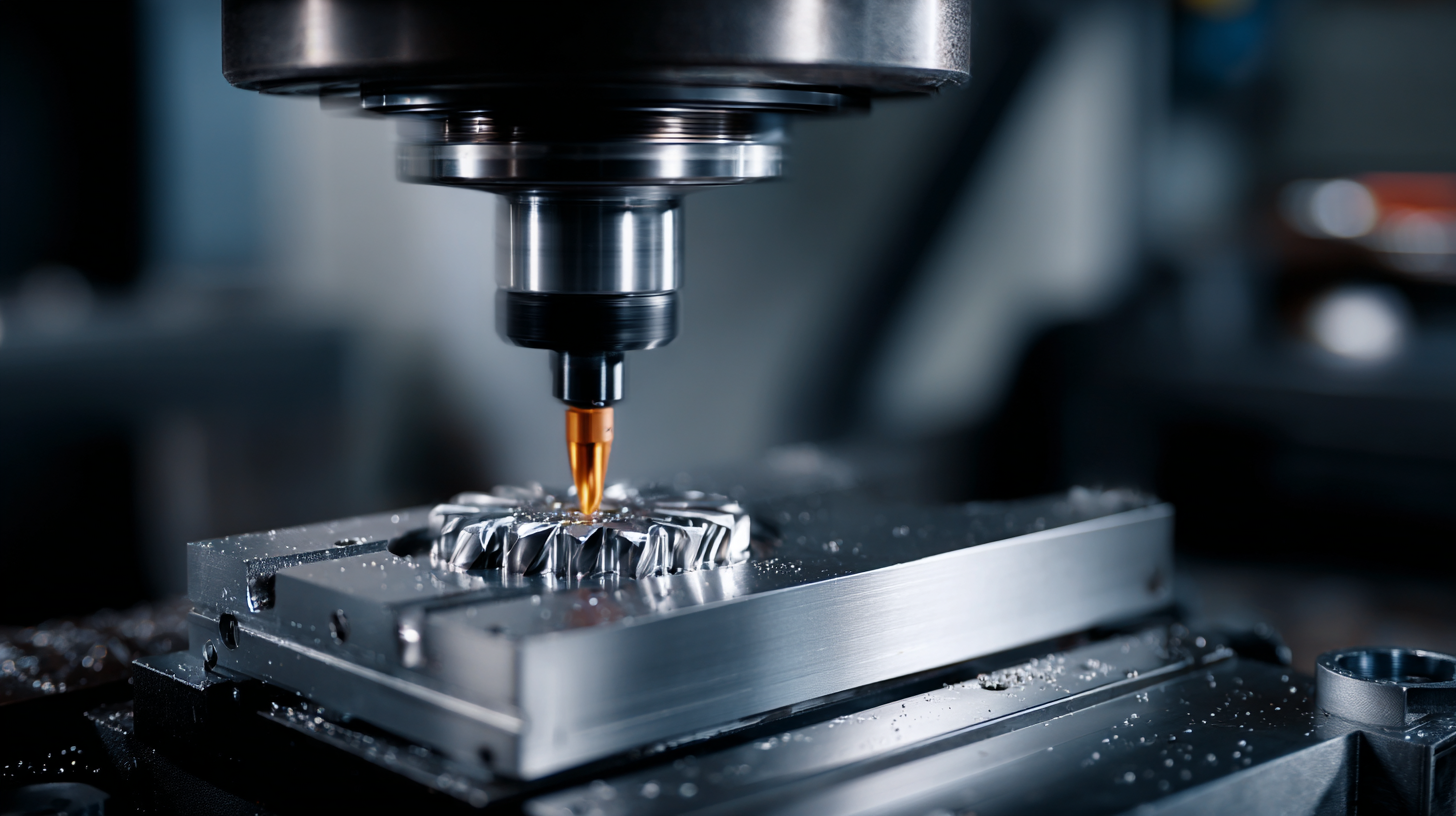
Tips for success in miniature production include selecting the right materials suited for micro machining. Choosing lightweight and durable materials can enhance both the efficiency and longevity of the components. Additionally, investing in comprehensive training for operators can ensure they are adept at utilizing the full capabilities of micro CNC technology.
Moreover, keeping abreast of the latest technological innovations is vital. As micro CNC machines continue to evolve, manufacturers should prioritize upgrades that enhance productivity and precision. Collaborating with OEMs for regular maintenance can also mitigate downtime and extend the lifespan of these sophisticated machines. Implementing these strategies will enable businesses to thrive in the competitive landscape of miniature manufacturing.
In 2023, the rise of micro CNC milling machines has sparked a significant transformation in the miniature manufacturing sector, emphasizing sustainability and efficiency. These advanced machines offer precise machining capabilities that minimize material waste and energy consumption. By utilizing smaller cutting tools and optimized milling strategies, micro CNC milling not only reduces excess material but also increases the lifespan of tools, further enhancing sustainable practices within the industry. This shift toward precision engineering aligns with the growing emphasis on eco-friendly manufacturing processes.
Moreover, the efficiency gained through micro CNC milling directly impacts production timelines and costs. With the ability to produce intricate designs quickly and accurately, manufacturers can streamline their workflows and reduce downtime. This enhanced efficiency allows companies to adapt rapidly to market demands while maintaining high-quality standards. As businesses prioritize sustainable solutions, micro CNC milling emerges as a viable option that meets both environmental goals and operational excellence, driving innovation in miniature manufacturing and setting new benchmarks for the industry.
This chart illustrates the efficiency metrics of micro CNC milling machines in 2023, highlighting reduced energy consumption, lower material waste, decreased production time, and overall cost efficiency. These advancements mark a significant step toward sustainable manufacturing practices.

